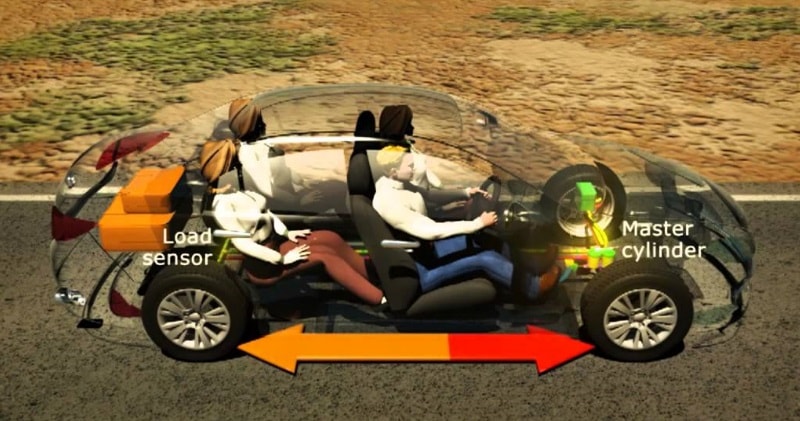How Electronic Brake Force Distribution (EBD) Works

EBD allocates braking force to the wheels with the most grip, according to vehicle loading. It automatically detects front and rear wheel slip, and will adjust rear wheel braking force according to the weight of occupants and luggage, vehicle speed and road conditions.
source/image: Mazda Australia
It then boosts hydraulic pressure to the rear wheels when harder rear wheel braking is needed. The result is shorter stopping distances in wet and dry conditions.
The job of the EBD as a subsystem of the ABS system is to control the effective adhesion utilization by the rear wheels. The pressure of the rear wheels are approximated to the ideal brake force distribution in a partial braking operation.
Advertisement
To do so, the conventional brake design is modified in the direction of rear axle overbraking, and the components of the ABS are used. EBD reduces the strain on the hydraulic brake force proportioning valve in the vehicle.
https://ift.tt/2Lwv9H2